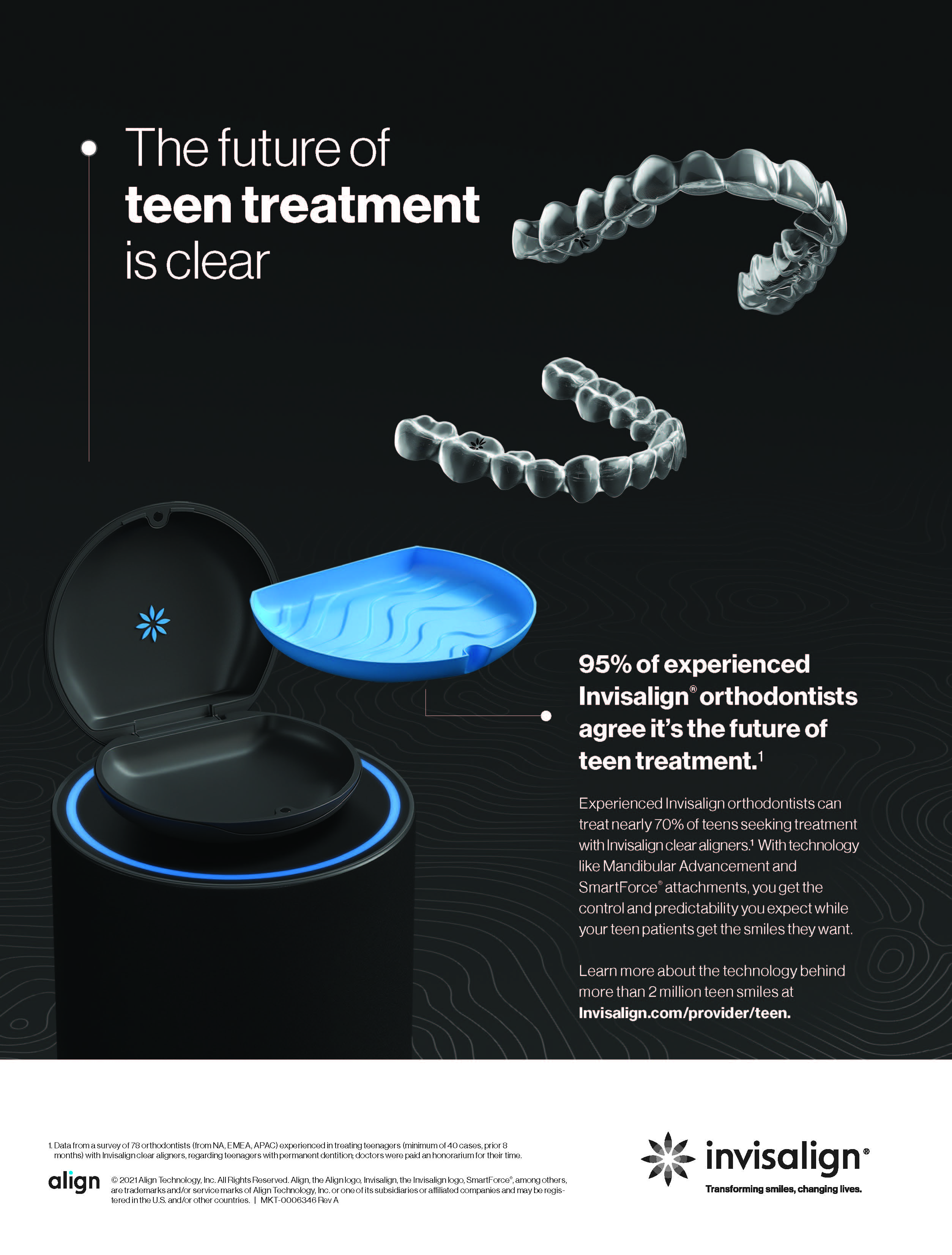If you ever want to start a fight in a room filled with orthodontists and general dentists, bring up the topic of GPs providing orthodontic services. The orthodontists will argue that general dentists lack a fundamental background in orthodontic biomechanics and tooth movement; the GPs will argue that with appropriate continuing education resources, there is no reason they cannot acquire the necessary training. The fact of the matter is that this debate has been more of a turf war than a valid discussion of curricular emphasis. I have always been a strong advocate of lifelong learning, and I believe any doctor with a serious commitment to continuing education and a rigorous personal ethic regarding high-quality care should be allowed to deliver whatever treatment they deem within their realm of competence, regardless of where they acquired those skills. The rub lies in defining that “realm of competence.”
Whether it’s true or not, the inclusion of a topic within an accredited dental school curriculum has always been taken as an indication that a graduate of that school is qualified to deliver the treatment in question. Everyone assumes that a properly credentialed general dentist is qualified to deliver such restorative care as “fillings,” crowns, and dentures and to perform “minor” oral surgeries and simple endodontic therapy, including straightforward extractions or single root canals. Few restorative dentists, oral surgeons, or endodontists would disagree. Orthodontists, on the other hand, have generally argued that only those with formal specialty training should be allowed to perform any orthodontic treatment.
Similar articles from the archive:
- THE EDITOR'S CORNER Brave New World December 2016
- THE EDITOR'S CORNER Relating to Pediatric Dentists April 2016
- THE EDITOR'S CORNER What Defines a Specialist? June 2014
There has always been a small cadre of general dentists doing orthodontics, but very few GPs have provided comprehensive orthodontic care. The advent of clear aligner therapy has challenged this status quo. With the availability of computer-assisted treatment planning and appliance fabrication, the necessity for specialty training has come into question. After all, the predoctoral curriculum of any dental school already includes detailed instruction in the principles of occlusion, mastication, and facial esthetics. While predoctoral training in growth and development is far less than what is required in an advanced specialty education, aligner therapy is usually provided to nongrowing patients, thus mooting that particular argument.
So the question becomes: “Why not include aligner instruction and certification in the standard dental curriculum?” About five years ago, various dental schools around the country began to include Invisalign training and certification in their curricula. The hue and cry from the orthodontic specialty was loud and angry, but the number of DDS/DMD programs offering aligner certification has continued to grow. At this point, then, a statistical tabulation of predoctoral aligner instruction would seem helpful to both educators and private practitioners.
In the current issue of JCO, a group of four authors coordinated by our own frequent contributor, Dr. Jae Hyun Park, present their findings from a survey of dental schools in the United States and Canada. Although the response rate was a little disappointing, the results provide some eye-opening insights into the status of aligner training in North American dental schools. Given that a different survey has indicated that more than 45% of the general dentists in the United States now provide some aligner treatment, it is surprising to me that the percentage of schools offering aligner training and certification is still so low. Those that don’t include such instruction seem to have chosen to remain behind the times. Perhaps a new survey is needed to refresh our picture of dental education.
RGK



COMMENTS
.